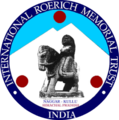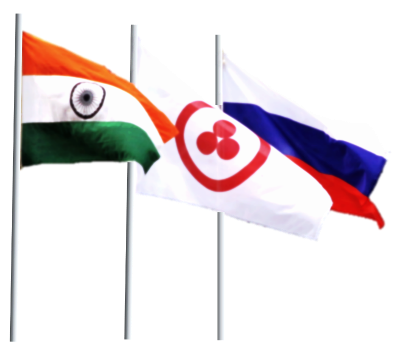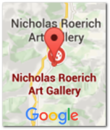"Activity of "Urusvati" Institute"
The foundation of the Urusvati Himalayan Research Institute was laid on July 24, 1928, shortly after the end of the Central Asian expedition of Nicholas Roerich. Within a few months, the Institute also found its permanent premises in Naggar, in the Kullu Valley, where the Roerich family arrived at the end of 1928.
Especially for the Institute, Nicholas Roerich purchased an additional plot of land, with a beautiful deodar grove and an empty two-storied house. The Urusvati Institute was established in this building, called “Arcadia”.
Numerous scientific and art collections gathered on the route of the Central Asian expedition were placed here.
Expeditionary activity was one of the most important areas of the Institute's work. In order to give museum visitors an idea of the main expedition routes, in 2017-2019, a schematic map of the Urusvati Institute expeditions was created on the walls along the stairs in the main building. With the help of artists from India and Russia, such significant regions of the Himalayas as Lahul, Chamba, Ladakh, Zanskar, Spiti and others of interest to the research activities of the Institute were symbolically depicted on the map.
Already in 1929, the Institute opened departments of archaeology and arts, natural sciences and applied research, a scientific library and a museum. There were also rooms for visiting staff of the Institute.
In 1931-32, a biochemical laboratory was built next to the main building.
Currently, museum displays dedicated to the history and activities of the Urusvati Institute are open to visitors in the main building of the Urusvati Institute, and work on the development of exhibitions is still ongoing.
In 2016, the Memorial Study of George Roerich, director of the Institute, was recreated in a room on the top floor of the building, and in 2017 a Hall was opened, the exhibition of which presents ethnographic collections and objects collected by the Roerichs and other employees of Urusvati Institute during expeditions (a separate section of the IRMT website is dedicated to both the Study and the Hall).
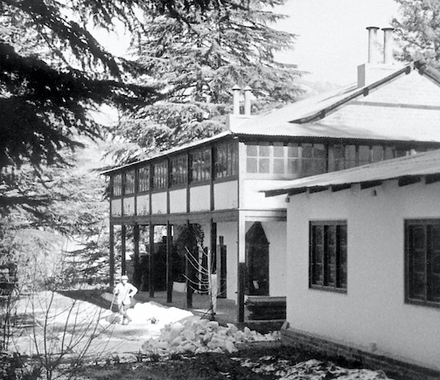
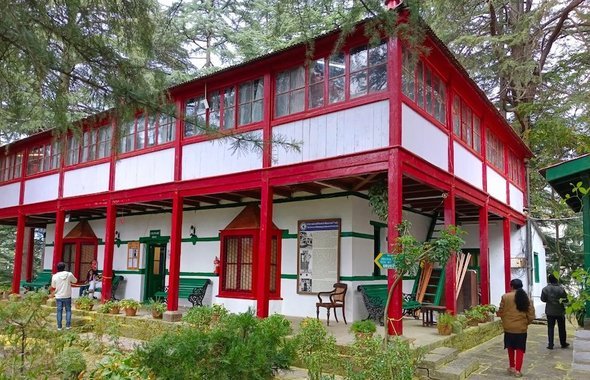
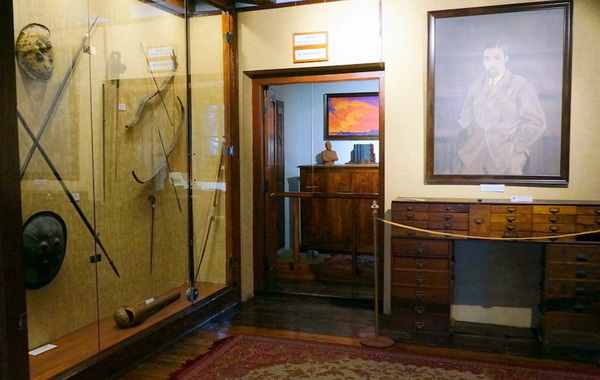
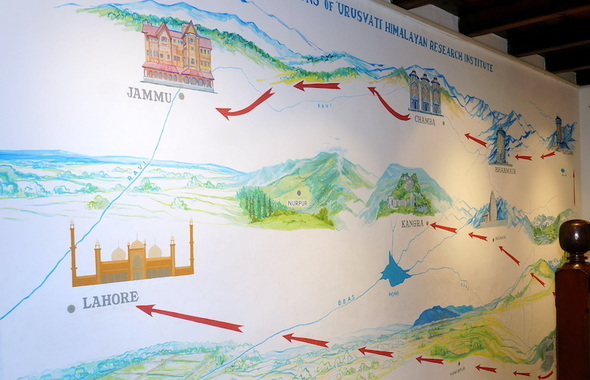
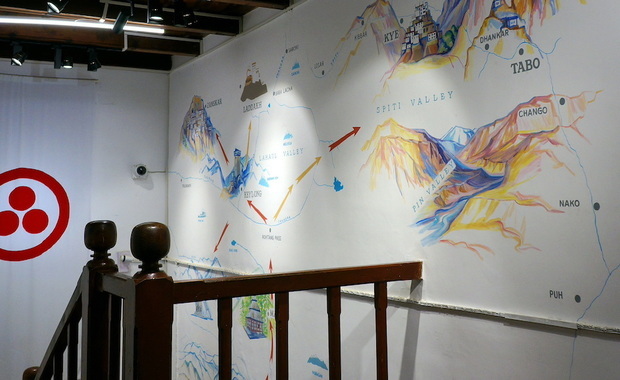
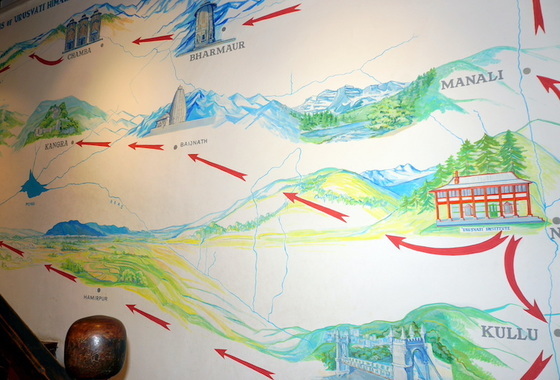
During the expeditions, the most valuable botanical, ornithological, mineralogical and paleontological collections were collected and attributed, some of which are still kept in the funds of the Institute. A herbarium of medicinal herbs and medicines used in Tibetan medicine was collected, indicating their Tibetan and local names. The samples of these collections are presented in the display cases on the first floor of the Institute.
The showcases also feature preserved items of equipment of the Urusvati Institute: glass flasks and test tubes, ceramic crucibles, metal tables and tripods for biochemical research.
A memorial laboratory installation for the extraction of biologically active substances from botanical material has been recreated in the Chemical Laboratory display. Here you can also see a ceramic water filter, a projector, and a preserved liquid thermostat designed to maintain a constant temperature during a wide range of processes and reactions in the laboratory. The Institute initiated in-depth research in the field of Tibetan medicine, the study of the medical properties of plants and minerals, and the creation of drugs to fight cancer.
Even today, the Urusvati Research Library holds about 10000 publications: books, magazines, newspapers, brochures. The exhibition presents some scientific publications, bulletins of seismological stations and laboratories of the USA, which the Institute received in 1930-40, envelopes with the address of the Institute and other archival documents.
During the expeditions, especially to the Lahul region, extensive linguistic research of the language and dialects, folklore, ethnography, archaeology, collection and copying of medical books and historical epics were carried out. Thus, in the collection of the Urusvati Institute there are notebooks with an epic dedicated to Gesar Khan, rewritten in Lahul, apparently at the request of George Roerich. The exhibition presents a catalogue box in which George Roerich’s cards with linguistic and historical materials were stored.
The Institute collaborated with scientists from Europe, India, America and Russia, with Tibetan and Indian lamas, with artists and healers. The exhibition features photographs of R. Milleken, A. Einstein, S. Gedin and other outstanding employees of the Urusvati Institute.
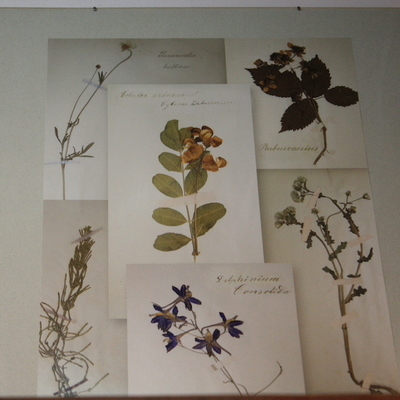
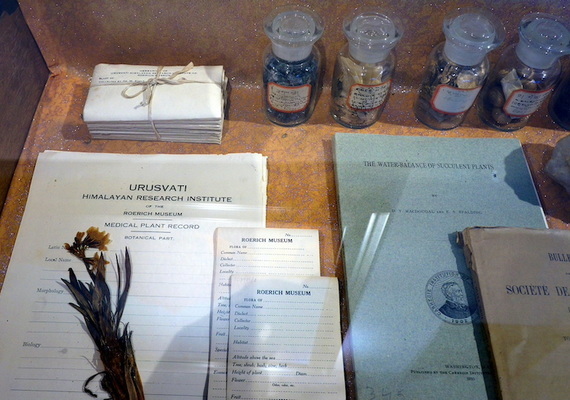
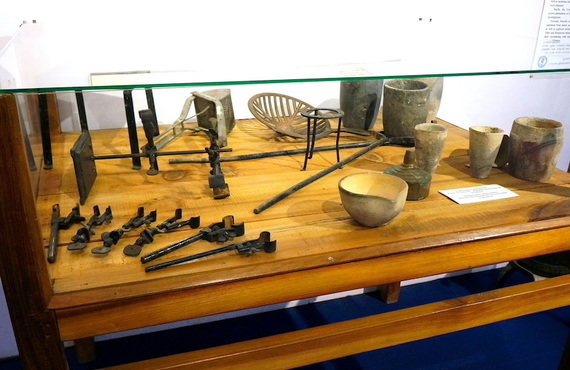
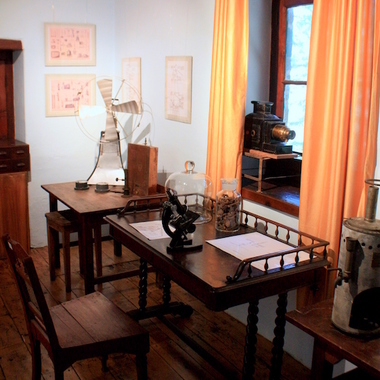
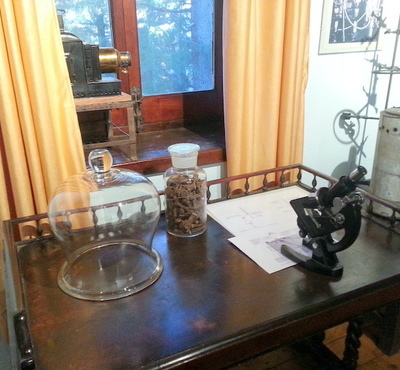
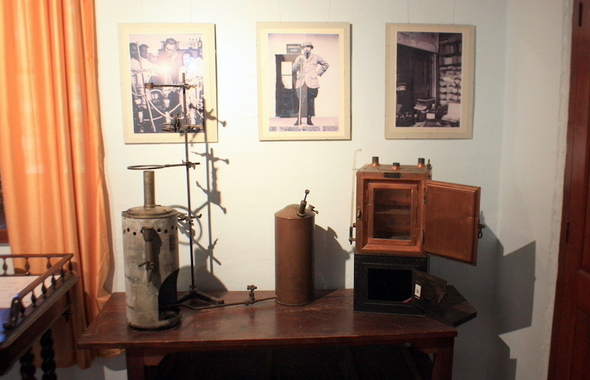

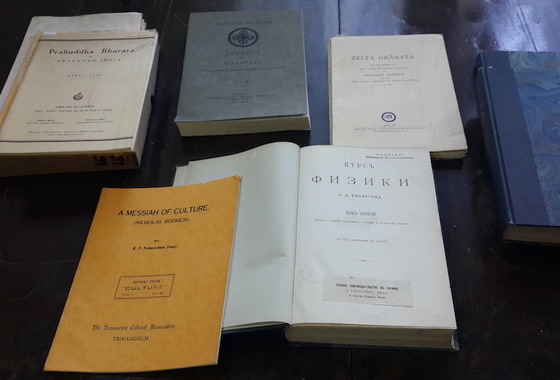
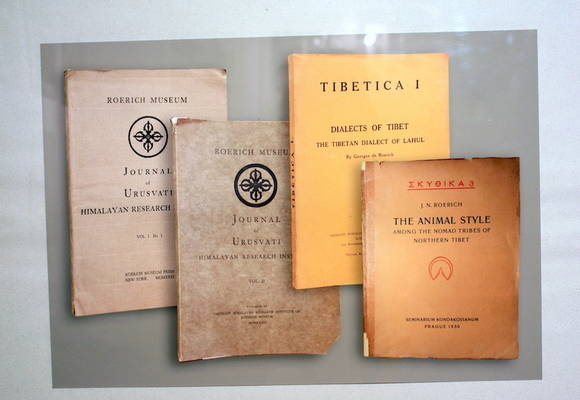
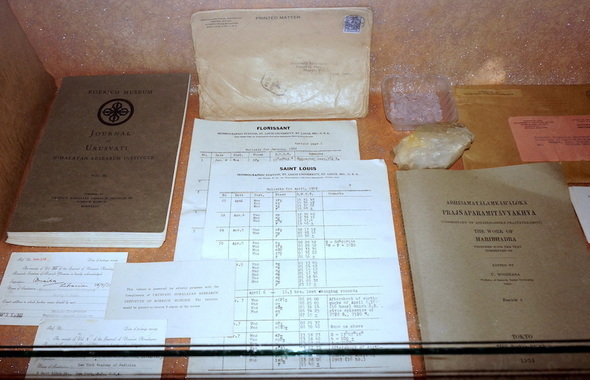
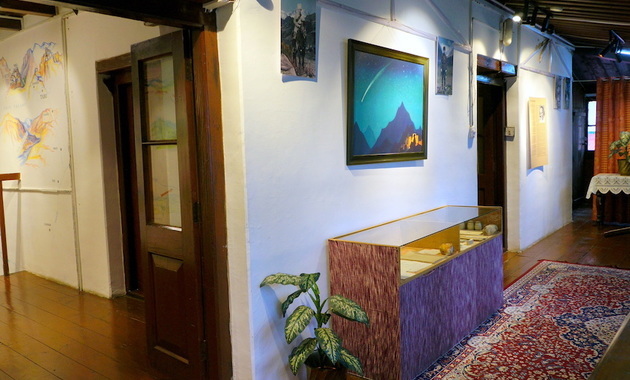
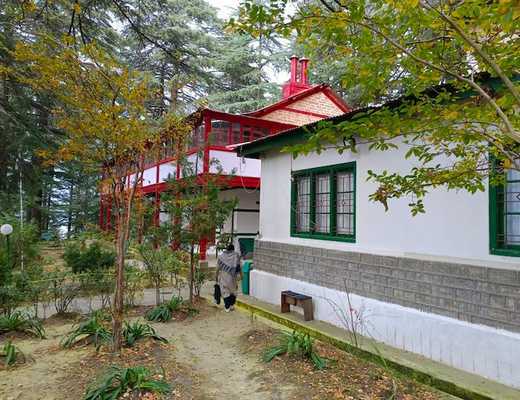
The results of scientific research are reflected in articles and monographs, as well as in three issues of the Urusvati Institute journals, one of which is presented in the showcase.
The Institute, created by the Roerichs, had the idea of synthesis, which was carried out in the joint work of its founders – all members of the Roerichs family participated in the work of the Institute, and in an integrated approach to research and study of various fields of knowledge, and in inviting scientists and organizations from different countries to work, and in combining ancient spiritual knowledge of the East and modern scientific discoveries of the West, meta-science and science.
Currently, work is underway to revive the Urusvati Institute: a concept is being developed, seminars and conferences are being held, and scientists are being involved.
The funds of the Research Library of the Urusvati Institute were regularly replenished through donations and book exchange. So, only in 1931, more than 200 institutes, academies, museums and other institutions of America, Europe and India participated in the exchange of publications.
“All broad thoughts must be displayed in order that scientists, even without knowing the essence of psychic energy, may apply their experiments to all the kingdoms of nature,” the books of Living Ethics, or Agni Yoga, says. “Thus one can find many forgotten treasures and can purify life. Special attention must be paid to psychic energy as the key to the future. Many experiments are carried out on a false track. One must accept the general situation and apply the details to it” (Heart, 142).
